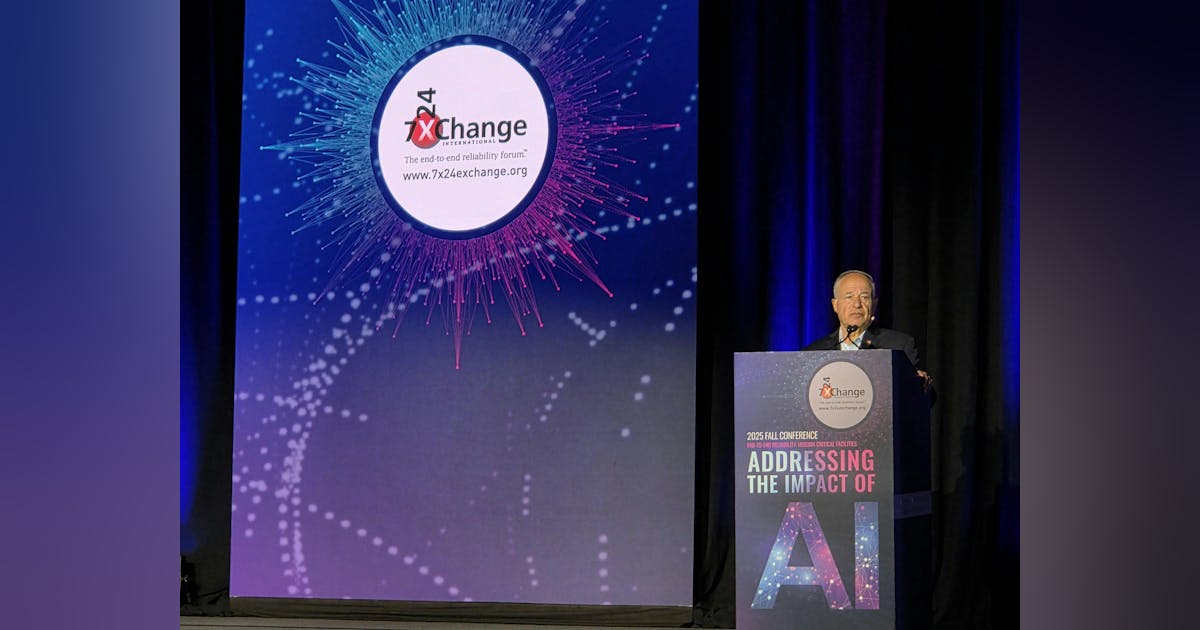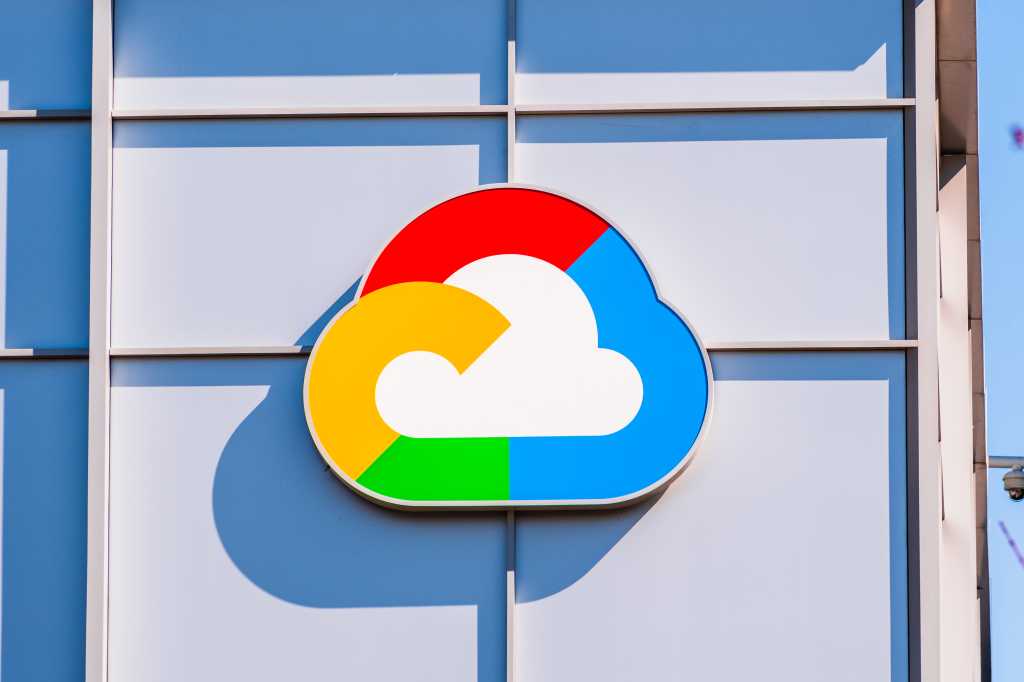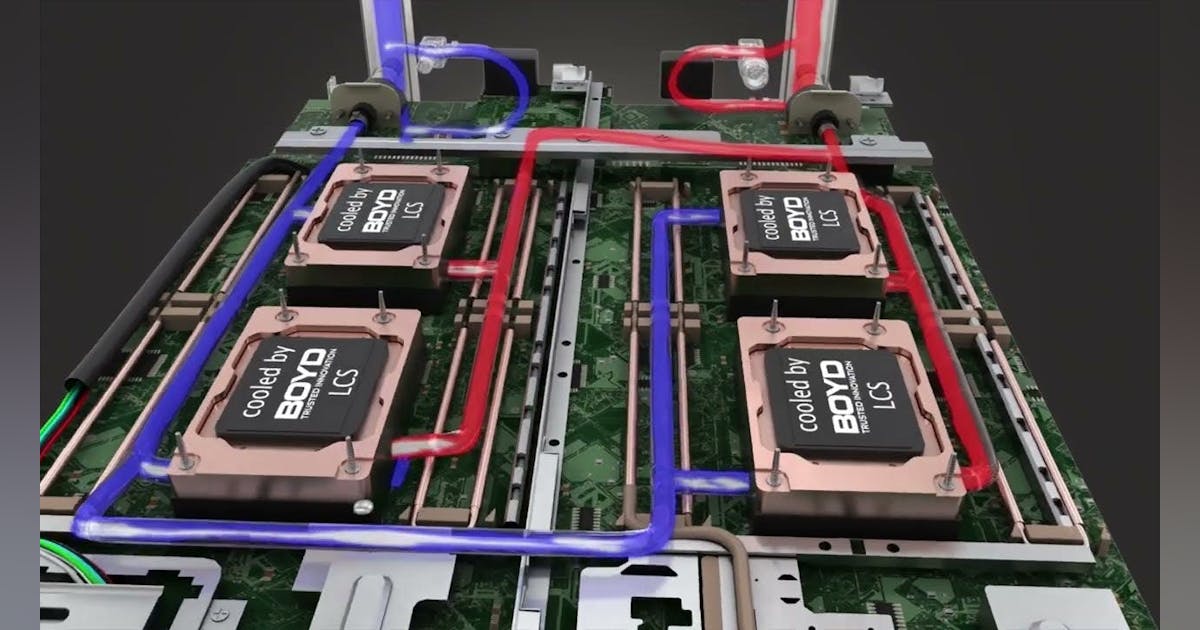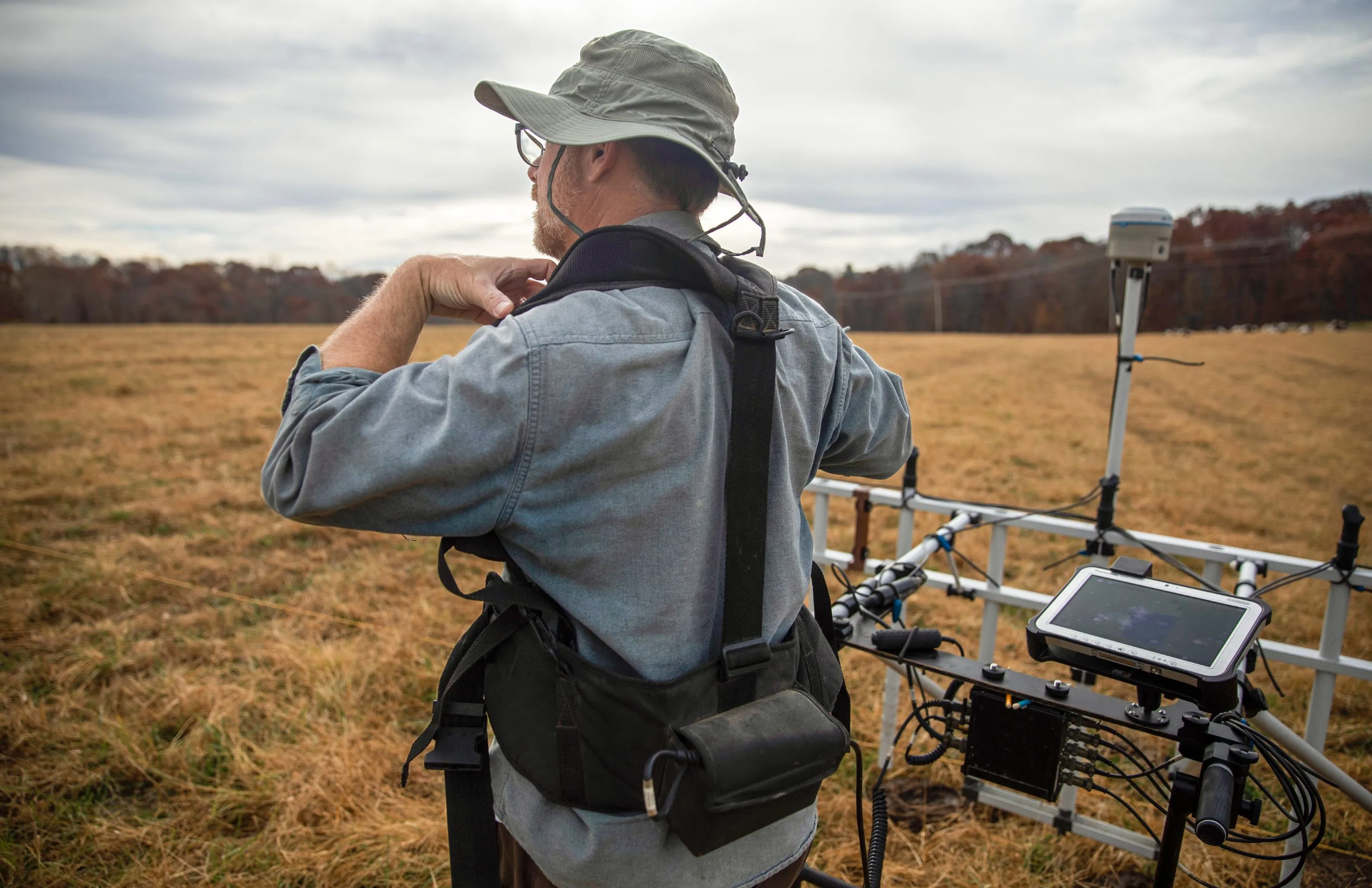
From redundancy to resilience: The next level of network diversity
Despite billions invested in grid modernization and widespread adoption of dual-carrier approaches, many utilities still find their communications infrastructure vulnerable to disruption. It’s a paradox: utilities have engineered redundancy across power generation and distribution, yet communications—the digital backbone of the modern grid—often lacks the comprehensive diversity needed to truly eliminate single points of failure. True grid resilience now depends on comprehensive network diversity that enables consistent quality of service, operational flexibility and long-term adaptability.
The cost of connectivity blind spots
As utilities expand advanced metering infrastructure (AMI), SCADA systems, distributed energy resource (DER) management and connected field operations, the strain on communications networks continues to grow. Relying on a single technology exposes utilities to significant risk—from natural disasters and carrier outages to rural coverage gaps and network congestion. The result: delayed outage restoration, compromised grid visibility and operational inefficiencies that undermine reliability and customer trust.
The versatility imperative: Why utilities can’t just “upgrade”
Utility communications can’t follow the consumer tech cycle. Equipment often remains in service for 20 to 30 years, even as wireless standards evolve from private radio networks to LTE, 4G, 5G and emerging spectrum such as Anterix Band 106. Each shift brings new performance expectations—but utilities can’t afford to rip and replace infrastructure every few years. Instead, they need adaptable, field-proven solutions that bridge technologies and spectrum generations, ensuring consistent, secure connectivity today while accommodating tomorrow’s innovations without interrupting critical operations.
Three pillars of network diversity
While many utilities have already adopted dual-carrier strategies, the expanding complexity of modern grid operations demands a renewed look at comprehensive network diversity. True resilience comes from a multi-path approach—one that enables seamless communication under any condition. Three key strategies define this new standard of reliability.
A. Public-to-public redundancy
Dual-radio routers capable of connecting to multiple public carriers give utilities a first line of defense against outages. If one carrier experiences congestion or service disruption, the router automatically switches to another network—maintaining uptime for critical systems. For less critical applications or constrained budgets, Dual SIM technology provides a middle ground solution—delivering essential carrier redundancy. Newer solutions also support 5G network slicing, pioneered in public-safety communications like T-Priority and Verizon Frontline, enabling priority access when networks are overloaded during emergencies.
B. Public-to-private hybrid flexibility
Private LTE networks offer utilities greater control, security and quality of service. By supporting critical spectrum bands such as CBRS, Anterix Band 8 and Band 106, utilities can operate independent networks while retaining the ability to fall back on public carriers. This hybrid model is especially valuable during phased rollouts, for mobile fleets or when private coverage temporarily lapses. Learn more: Building Resilient Utility Networks With Private Networks and Smart, Multi-Network Connectivity.
C. Public-to-satellite resilience
Satellite communications have experienced rapid growth over the past few years with the launch of new Low Earth Orbit (LEO) satellite constellations. Unlike geostationary or geosynchronous orbit (GEO) satellites, LEO constellations deliver worldwide coverage with lower latencies through a large number of small fast-moving satellites—making them a viable failover option for utilities when cellular towers are unavailable, such as during extreme weather events. Utilities leveraging cellular networking solutions that can connect to LEO satellite receivers can seamlessly fail over their critical communications when ground infrastructure is damaged—keeping command centers connected, field crews informed and restoration efforts coordinated. Learn more: The Convergence: Satellite and 5G for Mission-Critical Success.
Intelligence at the edge: Making smart network decisions
Diversification alone isn’t enough—utilities also need intelligence to manage it. Modern networking solutions use real-time performance monitoring and application-aware routing to prioritize critical traffic, ensuring SCADA commands aren’t delayed by meter data. Automatic failover based on signal strength and latency keeps operations running smoothly. With built-in edge computing, decisions happen closer to the source for faster response. And with eSIM and emerging SGP.32 standards, utilities can now reconfigure carriers remotely—no truck rolls required—further streamlining operations and reducing maintenance costs.
Building for today and tomorrow
For utilities, network diversity isn’t optional—it’s both risk mitigation and investment protection. Communication infrastructure must endure decades of service while adapting to continuous innovation. That means partnering with trusted, field-proven providers whose technology has already been tested in real-world conditions and is built to evolve as both technologies and project requirements change.
Semtech AirLink® networking solutions deliver this balance: multi-band public and private network support including CBRS and Anterix Band 106, built-in edge computing, intelligent hot failover and flexible cloud or on-premise management. Designed and built for decades-long deployments yet ready for emerging standards, AirLink solutions are field-proven by leading utilities worldwide.
Explore AirLink solutions built for utility-grade reliability and long-term adaptability.



















